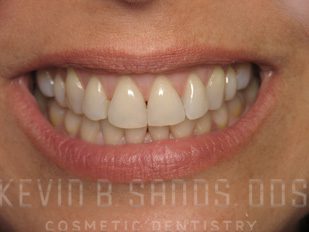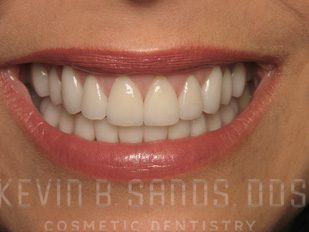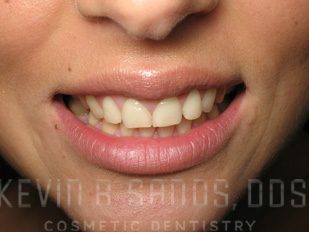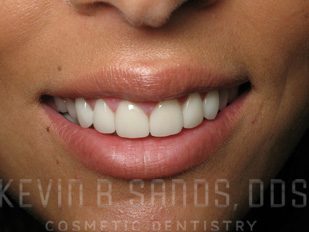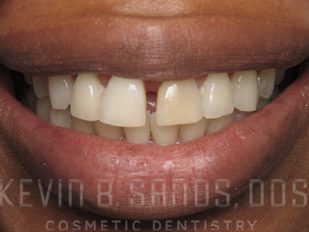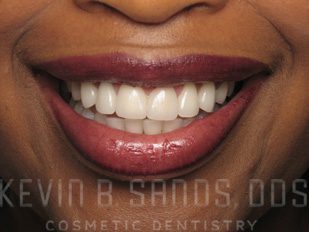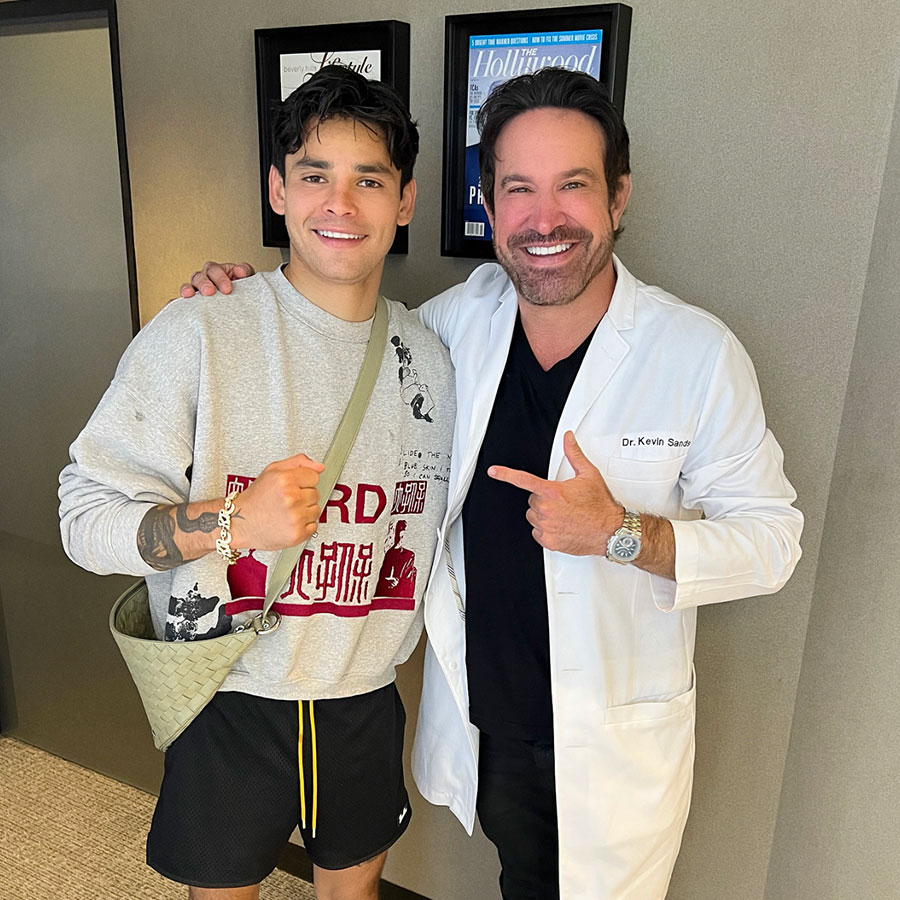
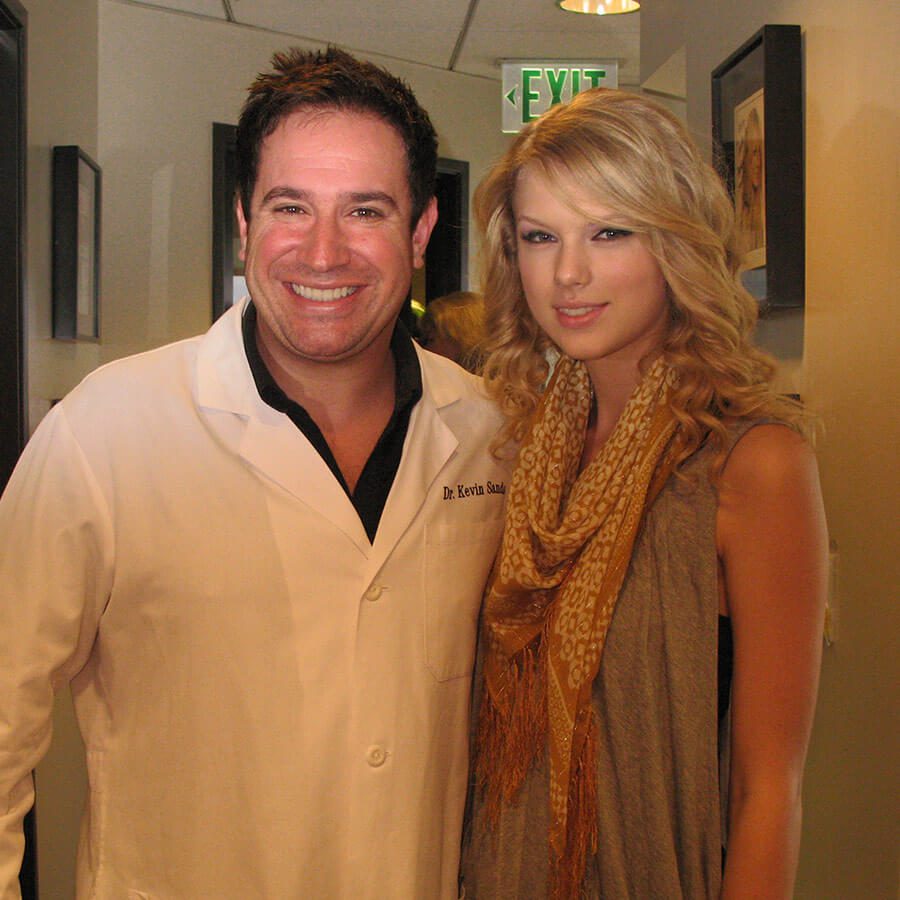
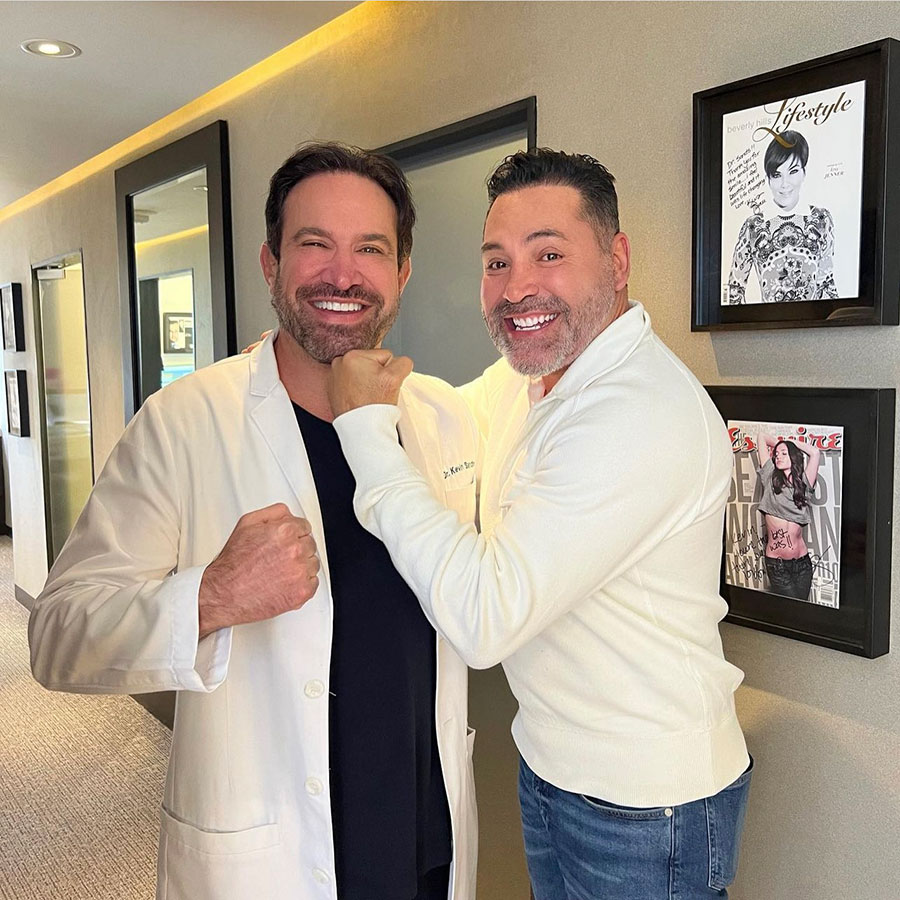
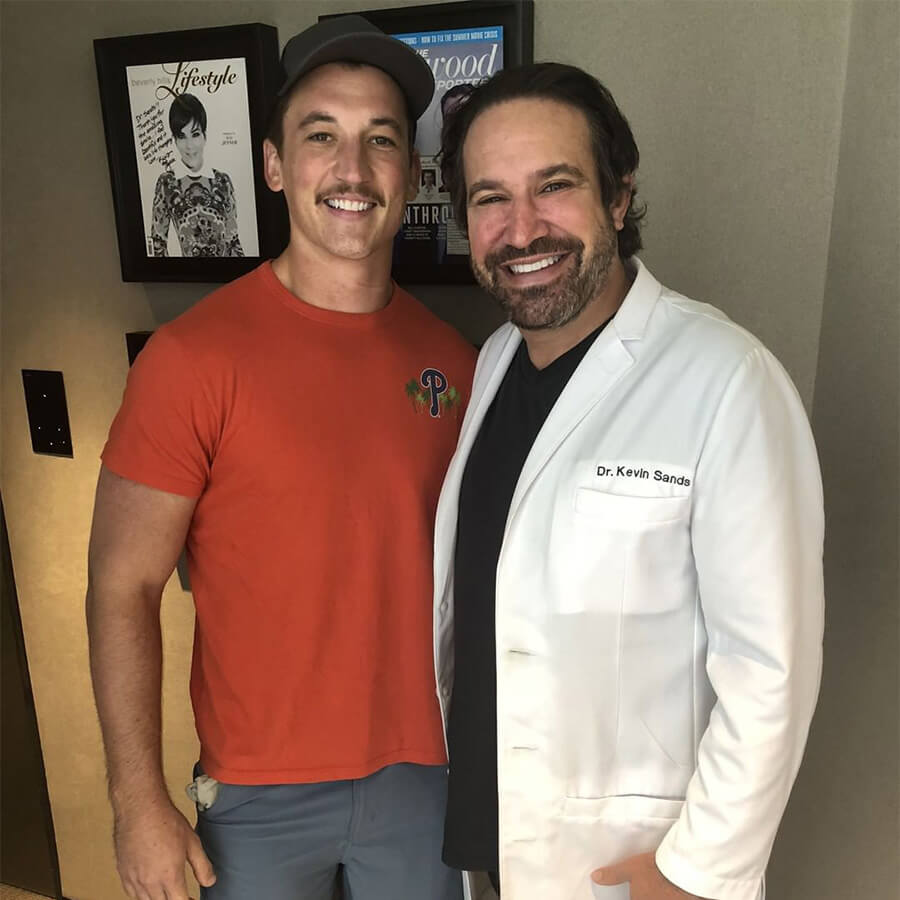
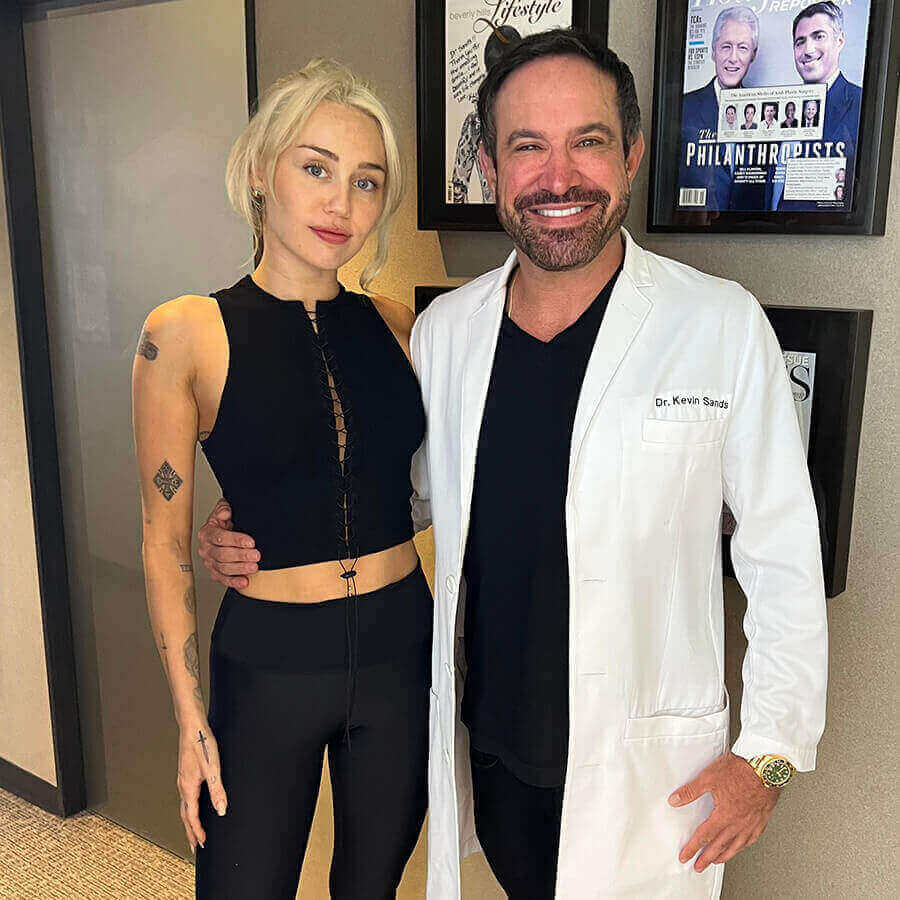
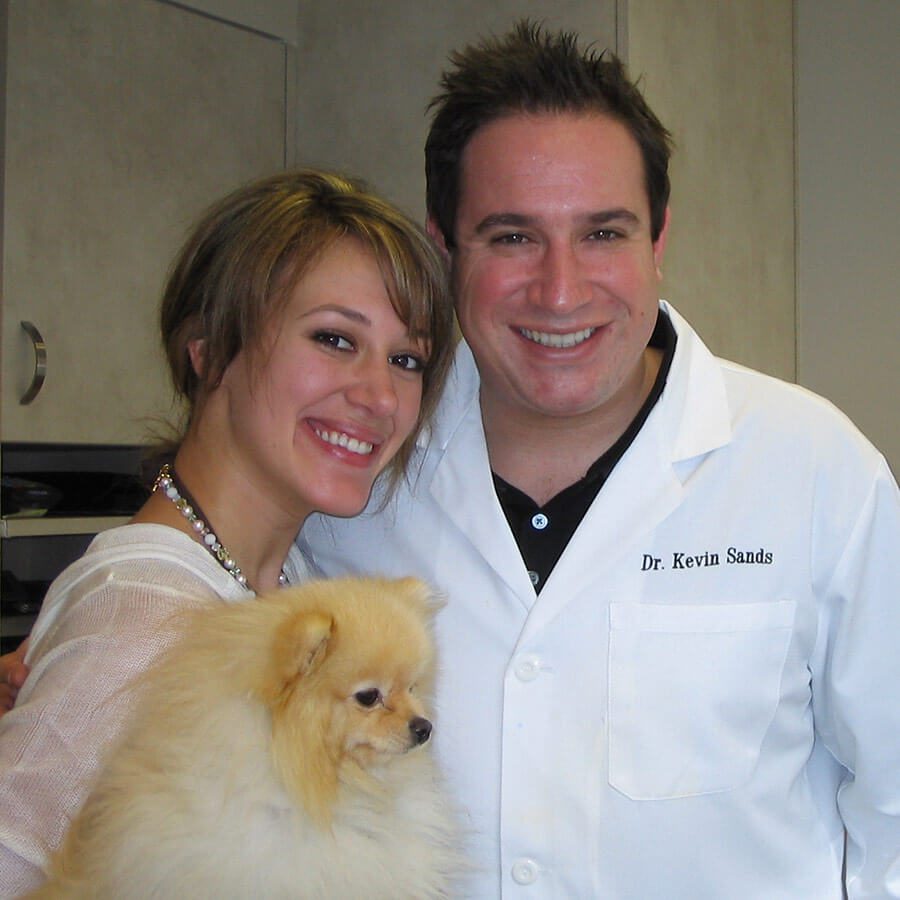
Orthodontic Services in Beverly Hills, CA
The variety of teeth straightening options in Beverly Hills provided by Dr. Kevin Sands ensures that individuals of all ages, regardless of dental issues, can find a solution that fits their needs.
By understanding the applications, benefits, procedure details, and options involved with orthodontic care, you can make an informed decision to gain a great-looking smile while promoting optimal oral health and function.
Contact Dr. Kevin Sands for more information on our Beverly Hills, California, orthodontic treatment options for children, adolescents, and adults by calling (310) 273-0111.

What Can Orthodontic Treatment Fix?
A variety of orthodontic options exist to provide a wide range of improvements. Orthodontic appliances and devices treat crooked teeth, tooth crowding, gaps, and jaw alignment issues, including overbites, underbites, and crossbites.
Dr. Sands offers the following orthodontic treatment methods, which provide several benefits to meet the individual needs of his diverse patient population.
Metal Braces
Traditional metal braces consist of metal brackets and wires to gradually move teeth into the desired position.
They are the most effective solution for severe orthodontic issues.
This option provides precise control over tooth movement with maximum supervision by Dr. Sands.
Ceramic Braces
Ceramic braces use tooth-colored or clear materials for a less conspicuous appearance.
This option offers more discreet treatment while maintaining the control and effectiveness of traditional metal braces.
Lingual Braces
Lingual braces are appropriate for milder cases of misalignment.
These discreet braces are placed on the back of teeth to be almost impossible to detect.
Invisalign®
Invisalign® is popular for its virtually invisible nature and convenience.
This option uses customized transparent, removable trays to gradually shift teeth and is highly effective for treating most orthodontic issues.
However, Invisalign® requires personal accountability in compliance and is best suited for adults or mature teens.
Functional Appliances
Functional orthodontic appliances are often used for children during active growth phases.
Typical devices include headgear and palate expanders.
This option is beneficial for early intervention to address jaw growth issues in children.
Overall Orthodontic Benefits
Orthodontic treatment enhances the appearance of the smile, boosting confidence and self-esteem.
Straight teeth are easier to clean, reducing the risk of cavities and gum disease.
Orthodontic treatment also corrects bite issues, reducing strain on the jaw joints and preventing discomfort.
Speech impediments caused by misaligned teeth or jaws can also be improved.
Improves Overall Oral Health
Choosing cosmetic dental treatments like porcelain veneers may enhance the appearance of crooked or gapped teeth, but they are only appropriate for mild cases. Veneers do not address the problems that serious orthodontic issues can cause.
Misaligned teeth and bites contribute to tooth decay, bruxism (teeth grinding), TMJ disorder, and excessive wear, which can damage teeth or cause pain.
Offers a Permanent Solution
Orthodontic treatment is designed to be long-lasting and permanent with proper care. Dental crowns and veneers will eventually need to be replaced.
Provides Options to Suit Your Needs
With all the options available to treat orthodontic issues, you will surely find one that can straighten teeth effectively, discreetly, or rapidly.
In most cases, you can find an option to accomplish all three of these objectives.
Avoid Restoration Damages
Restorations like crowns and veneers are strong and durable. However, they can chip, crack, or break more easily than natural teeth straightened with orthodontic treatment.

Orthodontic Treatment in Beverly Hills
Initial Consultation
An in-depth orthodontic consultation allows you to discuss your goals and ask questions. At the same time, Dr. Sands can assess your needs by performing a comprehensive examination, including X-rays.
During this consultation, Dr. Sands will make his recommendations, and if you choose to move forward with treatment, he will create a personalized plan to maximize the health and appearance of your teeth and bite.
This treatment plan will outline the type of braces and length of time you’ll need to wear the orthodontic appliance.
Placement of Braces or Clear Dental Aligners
For braces, brackets are bonded to teeth and connected with wires. When choosing Invisalign®, a digital impression is obtained for fabrication at the Invisalign® lab. They will arrive at our office as a series of clear dental aligners that comfortably move teeth into their proper positions (typically) over six to 18 months.
Periodic Adjustments
Traditional braces require regular appointments to adjust the tension to ensure effective teeth straightening and bite alignment.
With Invisalign®, each set of aligners is worn 22 hours per day for two weeks and then replaced with the next set in the series.
Monitoring Progress
Whether you choose traditional braces, lingual braces, or Invisalign®, Dr. Sands will monitor your progress through regular check-ups and may adjust the treatment plan if needed.
Retention Phase (Retainers)
After orthodontic treatment, retainers are used to maintain tooth alignment and are available in removable and fixed options.
When using Invisalign® aligners to straighten teeth, the last set can often serve as a retainer, or a special retention appliance can be created.
Costs
The cost of orthodontic treatment for you or your family member will vary depending on the extent of treatment needed and the method chosen. Dental insurance may cover a portion of your costs, especially in severe cases. Special financing is also available to make orthodontic treatment manageable.
When to Consider Orthodontic Treatment
The timing of orthodontic treatment can be critical, particularly in children.
For Children
Functional orthodontic appliances are indicated for children with jaw growth issues and are designed for use during the most active growth phase.
These appliances are generally used between ages seven and 11 but can be placed as early as age four when the jaw is too narrow to accommodate incoming teeth or affects the child’s speech and breathing.
For Teens and Preteens
Traditional metal or ceramic braces are the best orthodontic treatment for kids in their preteen or early teen years. This is because this age group is less likely to comply with instructions for Invisalign®, which is critical for a satisfactory outcome.
For Adults
Adults can choose to address their orthodontic issues at any time, but because the jaw is no longer growing, treatment may take longer.
Dr. Sands offers accelerated orthodontic techniques, and even Invisalign® provides options to achieve fast results in many cases.
Before a Major Event or Smile Makeover
Many adults opt to straighten their teeth because their families could not afford orthodontic treatment earlier.
They may also want to improve their smile before a significant event such as their wedding, a reunion, or a complete smile makeover.
Crooked or misaligned teeth should be straightening as the first step of a smile makeover, which may include the following treatments:
Many patients use their last set of Invisalign® aligners with a professional teeth whitening gel.
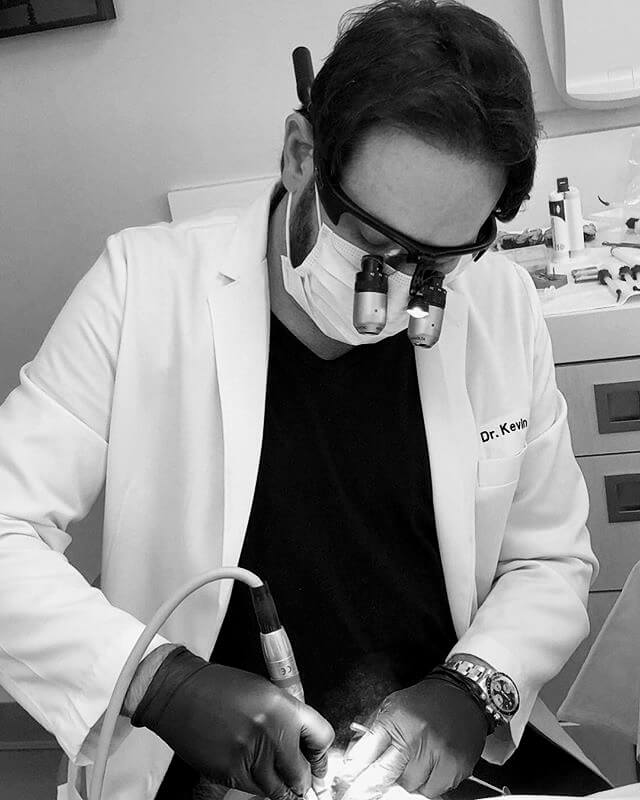
Your Beverly Hills Orthodontic Treatment Provider
Dr. Sands is committed to helping his patients achieve healthy and attractive smiles. Call (310) 273-0111 to learn more about our Beverly Hills, California, orthodontic treatments and the personalized options available for you or your children.
on Google and Yelp

Orthodontic FAQ (Frequently Asked Questions)
What bite issues can orthodontic treatment address?
Orthodontic treatment can correct all kinds of bite misalignment.
- Overbites – An overbite is when the upper teeth protrude further than the lower teeth.
- Underbites – An underbite is when the lower teeth protrude further than the upper teeth.
- Crossbites – A crossbite is when one or more upper teeth are situated either closer to the cheek or closer to the tongue than the corresponding lower teeth.
- Open Bites – An open bite is when opposing teeth on the top and bottom are misaligned, so they do not make contact.
How long does orthodontic treatment typically last?
Orthodontic treatment duration varies based on the complexity of the case. On average, treatment can last anywhere from six months to a few years. Regular check-ups with the orthodontist help monitor progress.
Does the adjustment process for braces hurt?
It’s common to experience some discomfort during adjustments, especially in the initial stages. This discomfort is typically temporary and can be managed with over-the-counter pain relievers.
How do I choose between braces and clear aligners?
The choice depends on factors like personal preference, the complexity of the case, and lifestyle. Braces are effective for severe cases, while clear aligners offer a more discreet option with the flexibility to remove them for eating and cleaning teeth.
Are there dietary restrictions during orthodontic treatment?
Yes, certain foods should be avoided to prevent damage to braces or other orthodontic appliances. When being treated with traditional braces or appliances, avoid hard, sticky, and excessively sugary foods.
How do I care for my teeth and orthodontic appliances during treatment?
Proper oral hygiene is crucial. Regular brushing, flossing, and attending dental check-ups are essential. Orthodontic-specific cleaning tools, like interdental brushes, may be recommended when traditional braces are used.
Can orthodontic treatment help with jaw pain or TMJ issues?
Yes, orthodontic treatment can help align the jaw and alleviate issues related to temporomandibular joint (TMJ) disorders. Functional appliances may also be recommended for such cases.
Are there risks or side effects associated with orthodontic treatment?
While orthodontic treatment is generally safe, there can be some side effects, such as temporary discomfort, minor mouth sores, or changes in speech. Serious complications are rare.
How often should I schedule appointments with my orthodontist?
Regular dental visits are crucial for adjustments and progress monitoring. Typically, appointments are scheduled every 4 to 8 weeks, but the frequency may vary based on the treatment plan and technique used.
Get In Touch

